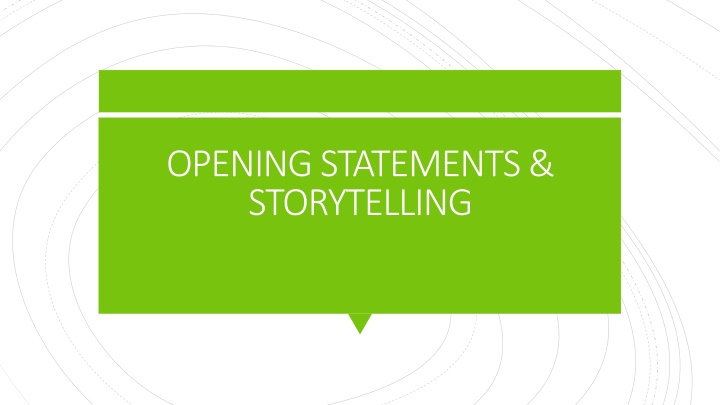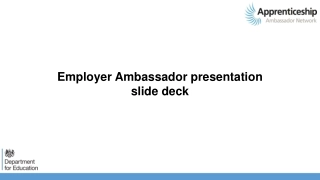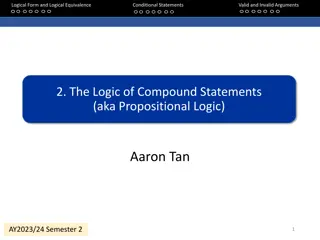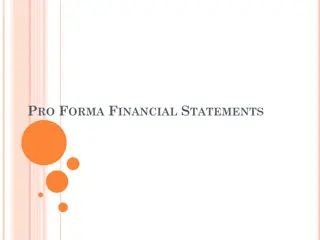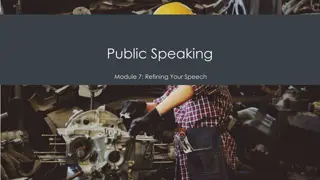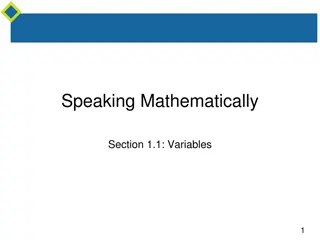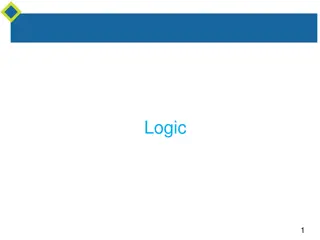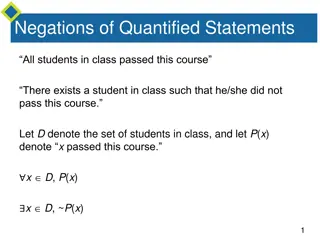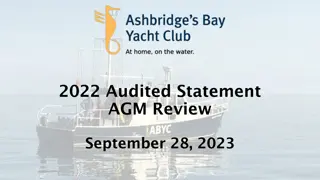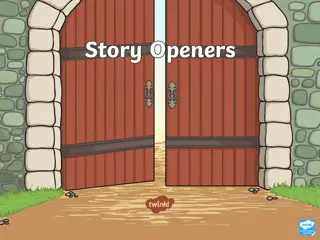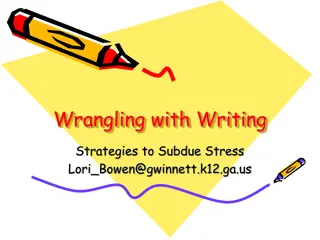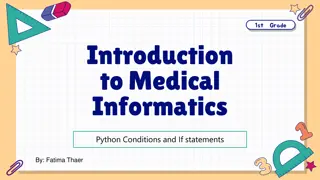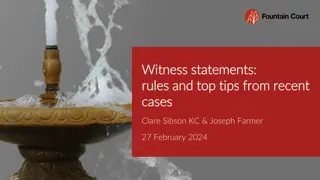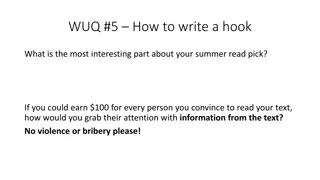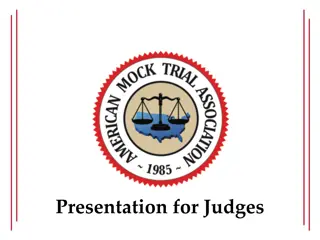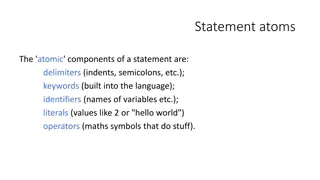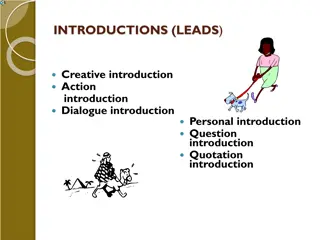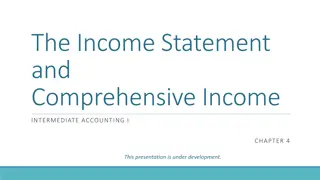Mastering Opening Statements: Engage, Captivate, and Persuade
Craft compelling opening statements by capturing attention with a theme, providing a storytelling approach, and emphasizing key testimony. Learn how to convey your theory, anticipate testimony, and own the courtroom with powerful body language. This guide emphasizes the importance of storytelling, focusing on people and actions, to create a visual and impactful scene in the courtroom.
Download Presentation

Please find below an Image/Link to download the presentation.
The content on the website is provided AS IS for your information and personal use only. It may not be sold, licensed, or shared on other websites without obtaining consent from the author.If you encounter any issues during the download, it is possible that the publisher has removed the file from their server.
You are allowed to download the files provided on this website for personal or commercial use, subject to the condition that they are used lawfully. All files are the property of their respective owners.
The content on the website is provided AS IS for your information and personal use only. It may not be sold, licensed, or shared on other websites without obtaining consent from the author.
E N D
Presentation Transcript
OPENING STATEMENTS & STORYTELLING
Capture attention with a theme Cutting corners to cut costs, and cutting a life short in the process. Greed. Everything that happened here was because of greed. We re here because a patrol officer over-stepped and a detective under-investigated. This is a case about deceit, desperation, and drunk driving. Convey your theory A theory of the case is your side s version of what really happened. Content of an Opening Statement Engage with storytelling: Factual basis that supports your case theme and theory, and conveys witness credibility Provide a truncated & conversational road map so the jury knows what to expect during trial. On May 30, 2020, the defendant received a call from his wife she knew he had deceived her. He had said he was at work when he was really at a bar, drinking. Desperate to save his marriage, he paid his tab and drove home. On the way, he ran his Mercedes SUV though a red light, crashing into the front driver s side of Jane Smith s Honda Civic. Her legs pinned under crushed metal for 20 minutes as paramedics tried free her, she has never been able to walk again. You ll hear today from those paramedics and the doctors who treated Ms. Smith s five broken bones and sewed more than 300 stiches to close the gashes on her legs. You ll also hear from Ms. Smith about the moments leading up to the crash and the pain she suffered afterward and you ll hear from an independent eye-witness who saw it all.
Provide lookouts for anticipated testimony Pay close attention when Dr. Brown tells you what happens to a rib cage and lungs when a person is struck by a two-ton truck, and you will know why Mary Johnson will never again be able to breath without a ventilator. Content of an Opening Statement When the detective testifies, pay close attention to my cross- examination about the evidence he did not collect, the eye- witnesses he did not talk to,and the forensic tests he did not run. That testimony will leave you with more questions than answers, and those questions will raise reasonable doubt. Explain weaknesses in your case (if needed) Embrace your burden Ask for relief sought Resist exaggeration!
Find Find a spot & do not pace Move Move deliberately & with purpose Use Use natural gestures Own the Courtroom Make Make eye contact with all Project Project open & powerful body language Vary Vary tone, volume & sentence structure
Storytelling In Opening Statements CAPTURES ATTENTION FOCUSES ON PEOPLE AND ACTION (NOT LAW) CREATES A VISUAL SCENE CHRONICLES THE STORY (MAXIMIZE FLOW AND IMPACT) PROVIDES COMING ATTRACTIONS Example of Effective Storytelling in a Prosecution Opening Statement https://youtu.be/usxILpnVxn4
Repeat your themes Remind the jury the main reason(s) why they should find in favor of your client The First Minute Exude passion for your case
Setting the Scene Energize the events by using active language that connotes and taps into emotion Use the present tense, but don t violate the GOLDEN RULE The Golden Rule: You cannot tell the jury to put/picture/think of/imagine themselves in the position of anyone involved in the case (a defendant,victim,plaintiff,witness,etc.). This is because juries are only supposed to render verdicts based on the evidence presented in court and the law as instructed by the judge, not use what they would have done under the circumstances to determine what happened. However, that doesn t mean you can t use other compelling, present tense language to evoke emotion and understanding from the jury about what happened in the case. Storytelling Use "zoom in" and "speed changes" to emphasize and transition
Focus on the cast of characters Introduce key players Storytelling Personalize and humanize your client Characterize opposing party
Deal with Weaknesses Confront serious weaknesses Be forthright and straightforward - the jury will respect your candor Storytelling Put weaknesses in the middle - sandwiched between positive facts
You cannot state conclusions, only facts Proper = She was driving 60 mph in a 35 mph zone, though a crowded intersection . Improper = She was driving recklessly with extreme indifference to human life. You cannot state inferences as fact Proper = the defendant deliberately retrieved a gun, patiently waited for his target to come into range, and repeatedly fired until the gun was out of bullets. Improper = the defendant was lying in wait for his victim, planning his attack at the perfect moment when he could inflict the most damage. Avoid Argumentative Language You can say what a witness or document will say You can use the phrases the evidence will show or you will learn to take the sting out of potentially argumentative language, but remember: it does not cure all argument it reduces effectiveness and engagement
Be short, simple and direct Refrain from giving personal opinions Resist legalese and discussions of law Always Remember Address weakness with CARE Own the courtroom, but do not be a TYRANT Embrace silence Be respectful and polite Prepare, prepare and prepare some more!
Additional Examples of Opening Statements https://www.baylor.edu/law/index.php?id=941283 Opening statements begin at 8:23 https://mediaspace.stmarytx.edu/media/NTC+Nationals+Fi nal+Round+04.10.2021.mp4/1_6sb8c3hl Opening statements begin at 8:27
